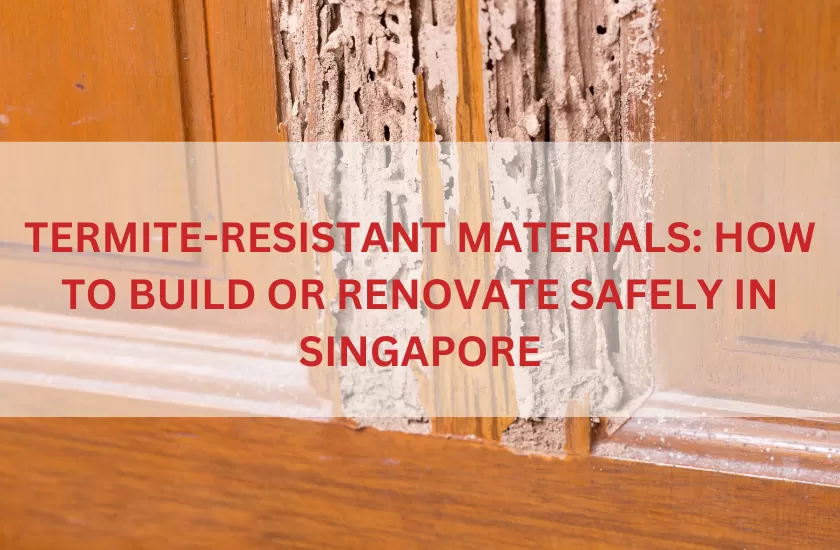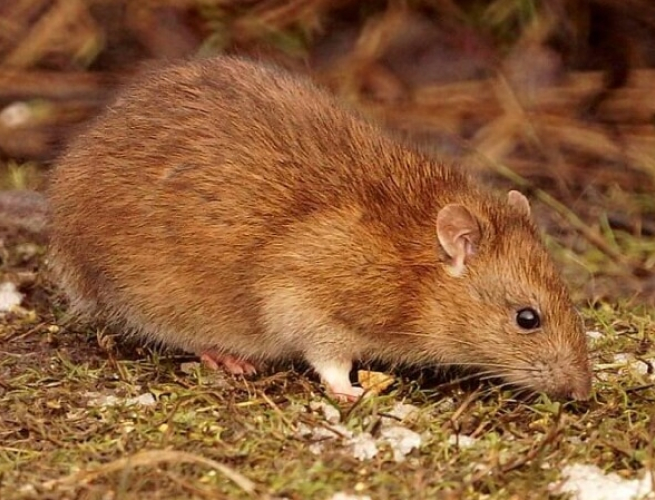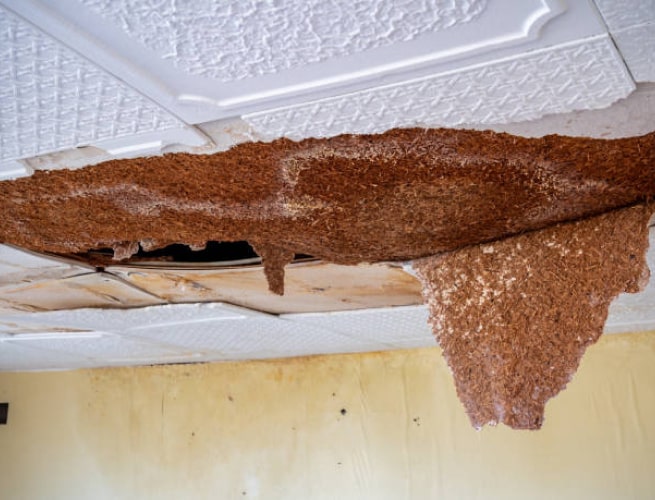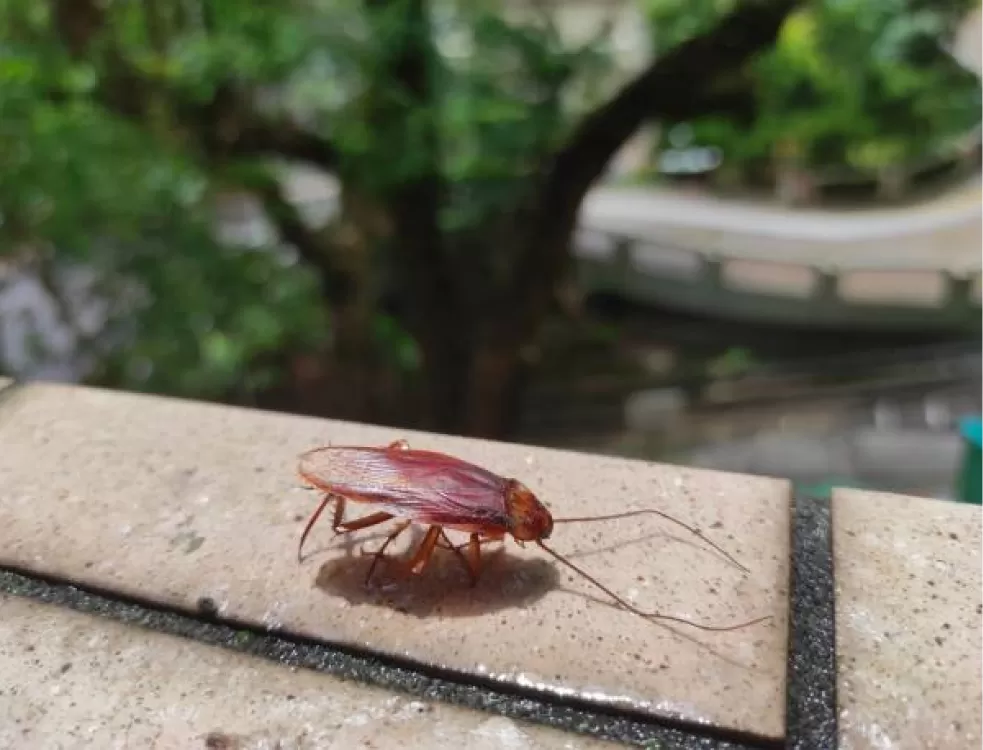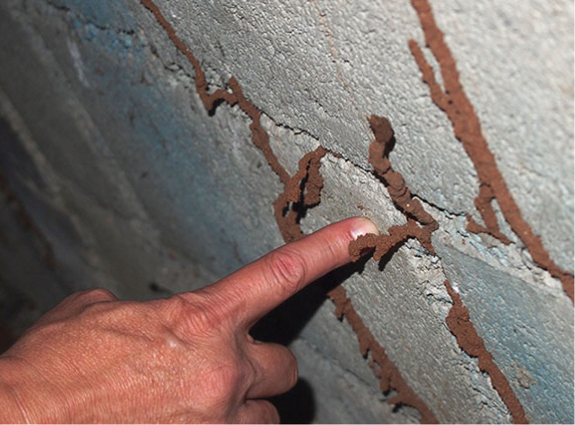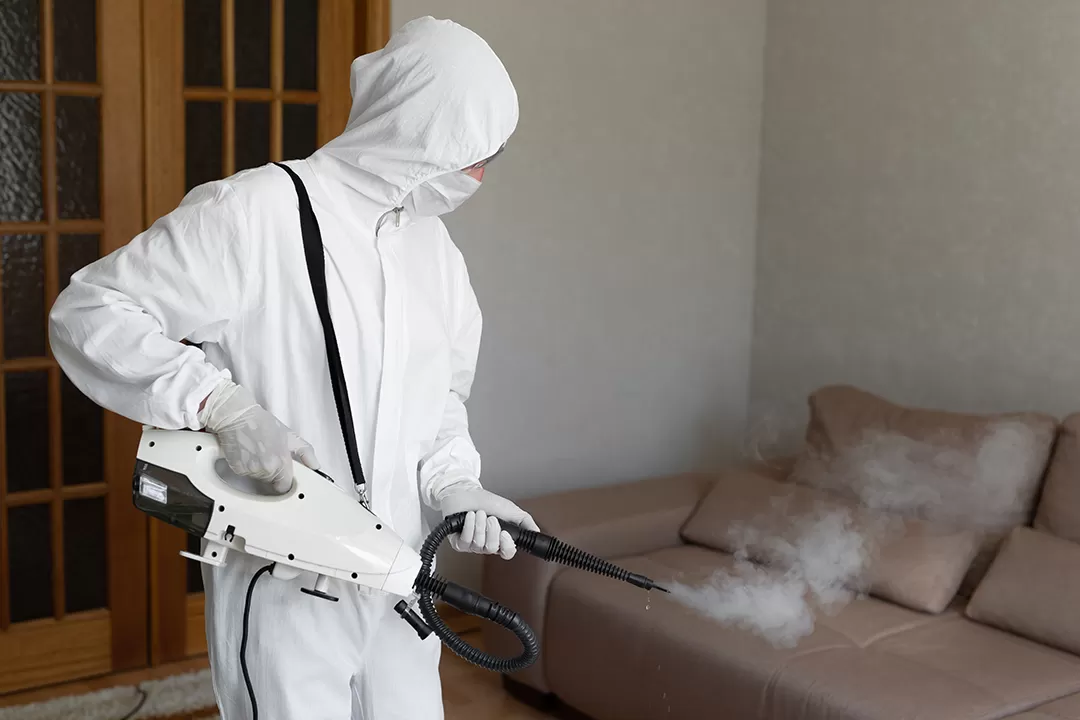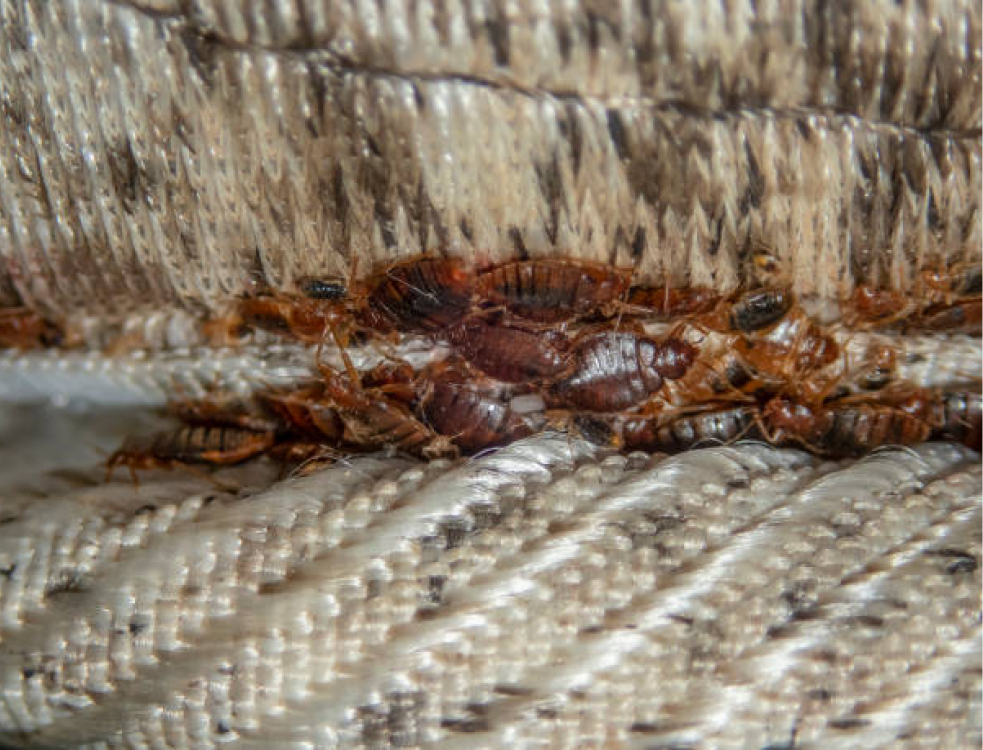Singapore, with its tropical climate, is an ideal breeding ground for termites. These pests can cause significant damage to wooden structures, leading to costly repairs and structural instability. As the city-state continues to develop and urbanize, the need for termite-resistant materials in construction has become paramount. Whether building a new home or renovating an existing one, understanding the use of termite-resistant materials and construction techniques is crucial to prevent infestation and ensure long-term durability. In this article, we’ll explore the different materials and strategies that homeowners and builders in Singapore can use to protect their properties from termite damage.
Understanding Termites and Their Impact
Termites are social insects that feed on cellulose, a material found in wood, paper, and plant products. In Singapore, subterranean termites are the most common species, building underground colonies and using mud tubes to access food sources. Termite infestations can weaken the structural integrity of buildings, causing walls, floors, and roofs to collapse if left untreated. Given the significant damage they can inflict, early prevention is the best strategy.
Common Signs of Termite Infestation
Before diving into termite-resistant materials, it’s essential to recognize the signs of termite activity. Common indicators include:
- Mud Tubes: These are pencil-sized tubes made of soil and wood particles, often found along walls or foundations.
- Hollow-sounding wood: Termites consume wood from the inside out, leaving a hollow sound when tapped.
- Discarded wings: Termites shed their wings after swarming to establish new colonies.
- Frass (termite droppings): Small, pellet-like droppings near damaged wood indicate the presence of termites.
If any of these signs are present, immediate action is necessary. However, the best approach is to use termite-resistant materials to minimize the risk of infestation from the outset.
Termite-Resistant Materials for Construction and Renovation
When building or renovating in Singapore, choosing the right materials can be a critical first line of defense against termites. While no material is entirely termite-proof, certain options are far more resistant to termite damage than traditional timber.
1. Concrete
Concrete is one of the most termite-resistant materials available, as it contains no cellulose for termites to consume. In Singapore, many modern homes and commercial buildings use concrete for foundations, walls, and floors to prevent termite infestations. However, concrete structures can still be vulnerable if termites find cracks or gaps to access wooden components. Therefore, sealing cracks and using termite-resistant construction techniques are essential.
Advantages:
- Highly resistant to termite damage.
- Long-lasting and durable.
- Provides a strong foundation for homes.
Challenges:
- Requires regular inspection for cracks.
- Must be combined with other termite control measures for wooden components.
2. Steel
Steel is another excellent termite-resistant material. It offers a long-lasting, sturdy, and non-combustible option for structural frames and other building components. Steel framing, in particular, is gaining popularity in Singapore due to its termite-proof properties and ability to withstand the tropical climate.
Advantages:
- 100% resistant to termites.
- Durable and low-maintenance.
- Fire-resistant and recyclable.
Challenges:
- Susceptible to rust in high-humidity areas if not properly treated.
- Higher initial costs compared to wood.
3. Treated Wood
For homeowners who prefer the aesthetic appeal of natural wood, treated wood is a practical option. Termite-resistant wood is chemically treated to deter termites and prevent damage. In Singapore, several treatments are available, such as pressure-treated wood and wood infused with borates (a mineral compound toxic to termites).
Common Treatments:
- Pressure-treated wood: Treated with preservatives like copper, which makes it toxic to termites.
- Borate-treated wood: Infused with borates that are lethal to termites upon ingestion.
Advantages:
- Maintains the natural look of wood.
- Treated wood can last for decades if maintained properly.
Challenges:
- More expensive than untreated wood.
- Over time, the effectiveness of chemical treatments may reduce, requiring retreatment.
4. Composite Materials
Wood-plastic composites (WPC) are engineered products made from a mixture of wood fibers and plastic. These materials are highly resistant to termites due to the plastic content, which is indigestible to termites. WPC is commonly used for outdoor decking, fencing, and wall cladding in Singapore.
Advantages:
- Highly resistant to termites and rot.
- Low maintenance and durability.
- Eco-friendly, often made from recycled materials.
Challenges:
- Not as strong as solid wood for structural components.
- Can fade or warp under extreme weather conditions.
5. Brick and Masonry
Brick and masonry are termite-resistant materials that provide a robust barrier to termites. While termites cannot eat through bricks or stone, they can still infiltrate through gaps or cracks in mortar. Using proper construction techniques and regular inspection is vital to ensure that there are no entry points for termites.
Advantages:
- Durable and termite-resistant.
- Provides thermal insulation and soundproofing benefits.
Challenges:
- Higher construction costs compared to wood.
- Requires careful inspection to avoid cracks or gaps.
6. Fiber Cement
Fiber cement is a composite material made of cement, sand, and cellulose fibers. It’s highly resistant to termites, moisture, and fire, making it an ideal choice for cladding, siding, and roofing materials. In Singapore, fiber cement is frequently used in homes and commercial buildings because of its durability and low maintenance.
Advantages:
- Resistant to termites, rot, and weather damage.
- Available in various designs, including wood-like finishes.
Challenges:
- Heavier than wood, which may increase construction costs.
- Requires special tools for installation.
Construction Techniques for Termite Prevention
Using termite-resistant materials is just one part of the equation. Construction techniques and regular maintenance also play a critical role in preventing termite infestations.
1. Termite Barriers
Physical barriers, such as stainless steel mesh or crushed granite, can be installed during construction to block termites from accessing the building. These barriers are typically placed under concrete slabs, foundations, and around pipes. Termite barriers are highly effective when used in combination with other termite prevention methods.
2. Chemical Soil Treatment
Pre-construction soil treatment is a common termite prevention technique in Singapore. Before laying the foundation, the soil is treated with termiticides to create a chemical barrier that repels termites. The treatment should be carried out by licensed professionals to ensure effectiveness.
3. Regular Inspections
Even with termite-resistant materials, regular inspections are necessary to catch potential infestations early. Homeowners should inspect their properties at least once a year for signs of termite activity. Professional pest control services in Singapore offer specialized termite inspections and treatment plans.
4. Proper Ventilation and Moisture Control
Termites thrive in humid environments, making moisture control crucial in termite prevention. Proper ventilation, especially in crawl spaces and basements, can help reduce moisture levels and make the home less attractive to termites. Installing dehumidifiers and ensuring proper drainage around the building can also help prevent termite infestations.
Conclusion
Termite prevention starts with selecting the right materials and using appropriate construction techniques. In Singapore, where the risk of termite infestations is high, investing in termite-resistant materials such as concrete, steel, treated wood, composite materials, and fiber cement can save homeowners and builders significant time, effort, and money in the long run. Combining these materials with termite barriers, chemical treatments, regular inspections, and moisture control ensures comprehensive protection.
By adopting a proactive approach to termite prevention, Singaporean homeowners and builders can enjoy peace of mind, knowing their properties are protected from the destructive nature of termites.

